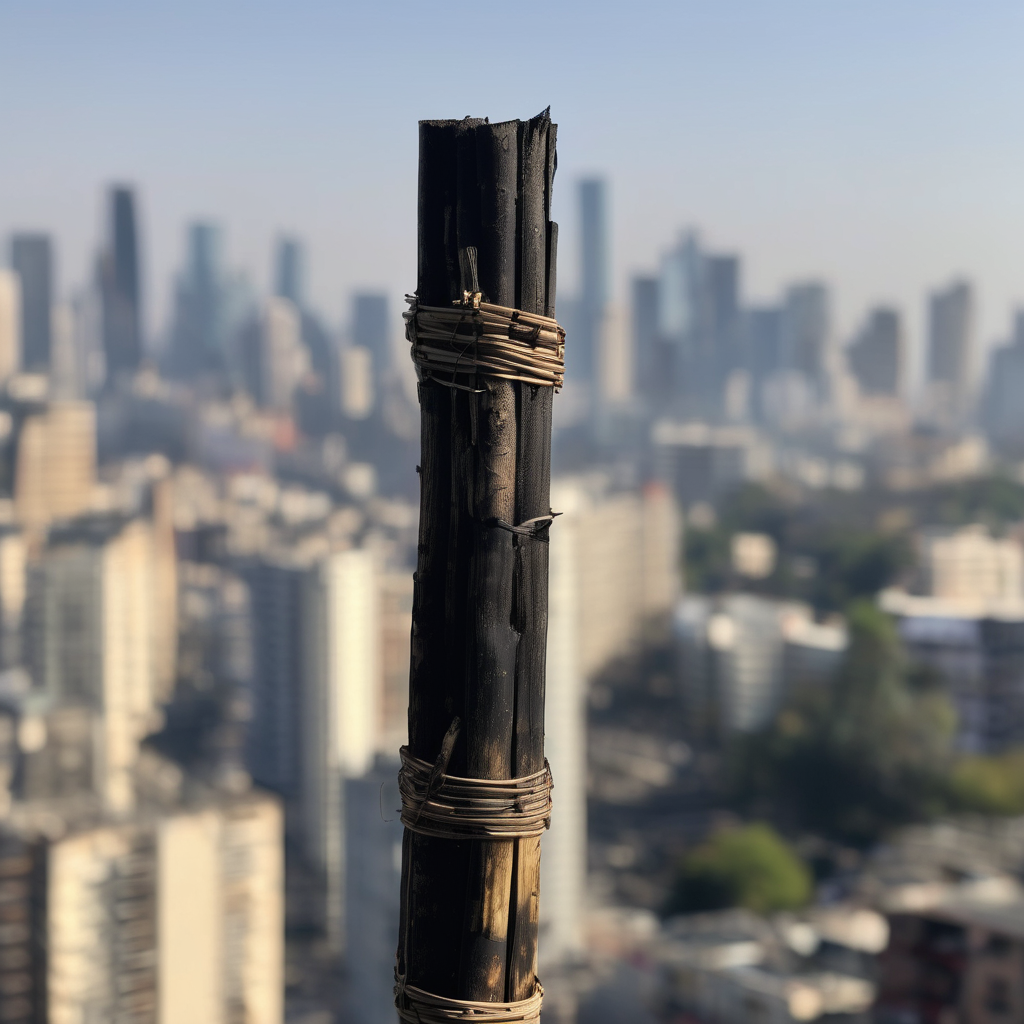BANGKOK — The deadly fire that engulfed a high-rise apartment complex in Hong Kong has raised urgent questions regarding the bamboo scaffolding widely used in the city. The inferno, which has claimed at least 94 lives, ignited on the external scaffolding of a 32-story building and swiftly spread to six other towers, fueled by strong winds.
Bamboo scaffolding, a traditional and lightweight construction method that has been in use for over a millennium, is commonly seen throughout Hong Kong. This ancient technique involves bamboo poles laced together with wire, making it a popular choice for construction projects due to its ease of transport and installation, especially in the densely populated urban environment.
However, this tragic incident has put the spotlight on the safety of such scaffolding, particularly when combined with flammable construction materials. Officials are delving into the circumstances surrounding the fire, particularly focusing on why the scaffolding and other materials used in the renovation were so susceptible to catching fire.
In addition to bamboo scaffolding, investigators are examining the role of various flammable materials used in building renovations, such as plastic netting and foam panels, which may have contributed to the rapid fire spread. Three individuals, including directors and an engineering consultant from a construction company, have been arrested on suspicion of manslaughter, with authorities suspecting that some materials on the buildings did not conform to fire resistance standards.
Despite its advantages, there is a growing consensus that bamboo scaffolding poses significant fire risks, leading officials to reconsider its use. A recent memo from Hong Kong’s development secretary indicated plans to promote a transition towards metal scaffolding in public projects. The city’s leadership acknowledges that metal alternatives, which are non-combustible and sturdier, are safer options for high-risk areas.
Experts, such as Ehsan Noroozinejad from Western Sydney University’s Urban Transformations Research Centre, point out that although metal scaffolding is heavier and more expensive, it presents a safer baseline for occupied buildings. “If bamboo is used, strict fire and inspection controls must be enforced,” he stated.
This tragic event serves as a wake-up call addressing safety measures in construction practices, particularly regarding materials that are deemed inadequate for fire prevention. The implications of this fire could lead to significant regulatory changes in how construction is carried out in Hong Kong going forward, making safety a priority to protect residents.
As the investigation unfolds, it is evident that this incident provides critical lessons that could reshape future construction safety protocols in Hong Kong, potentially marking the end of bamboo scaffolding’s longstanding presence in the city.
